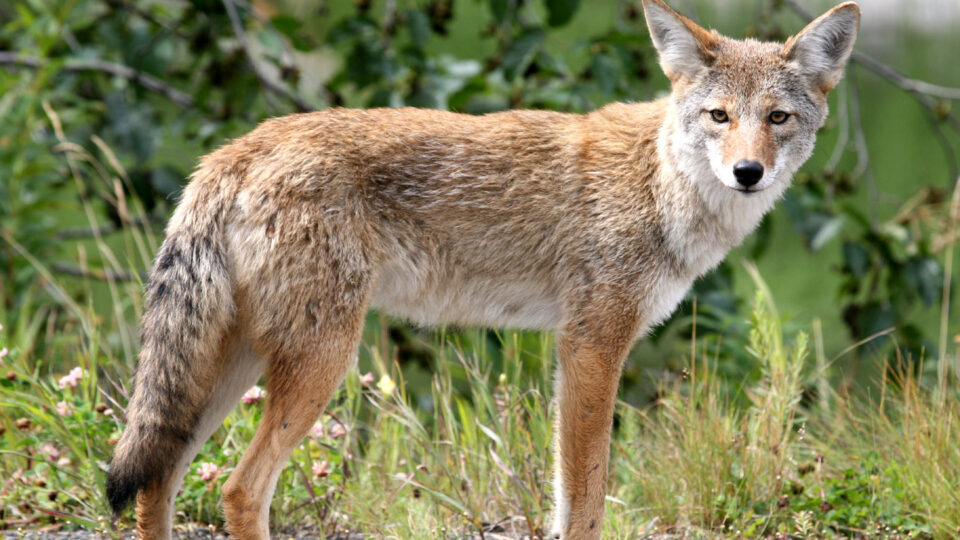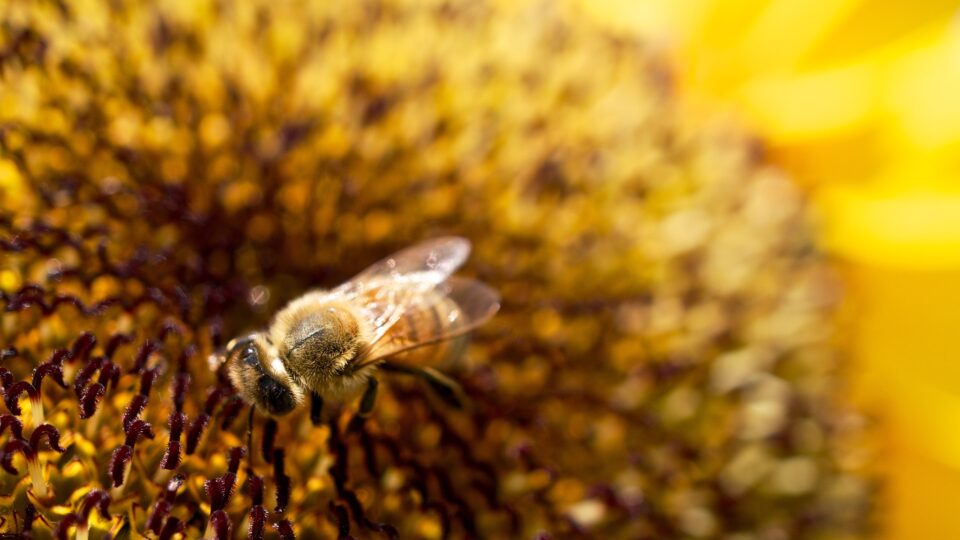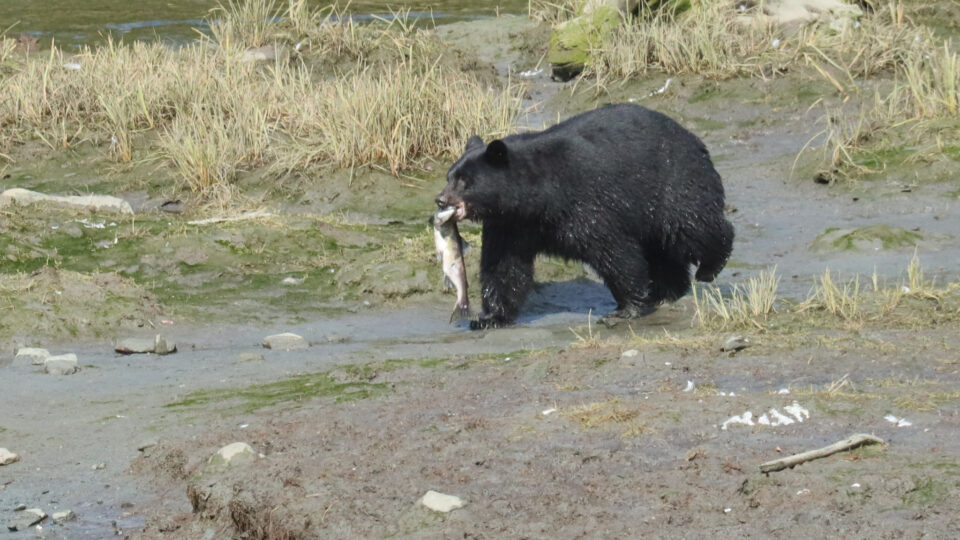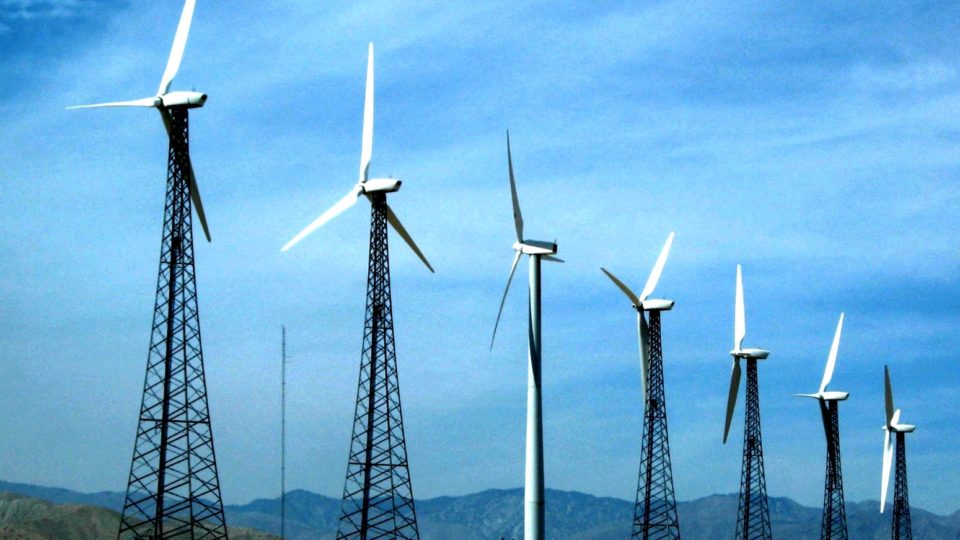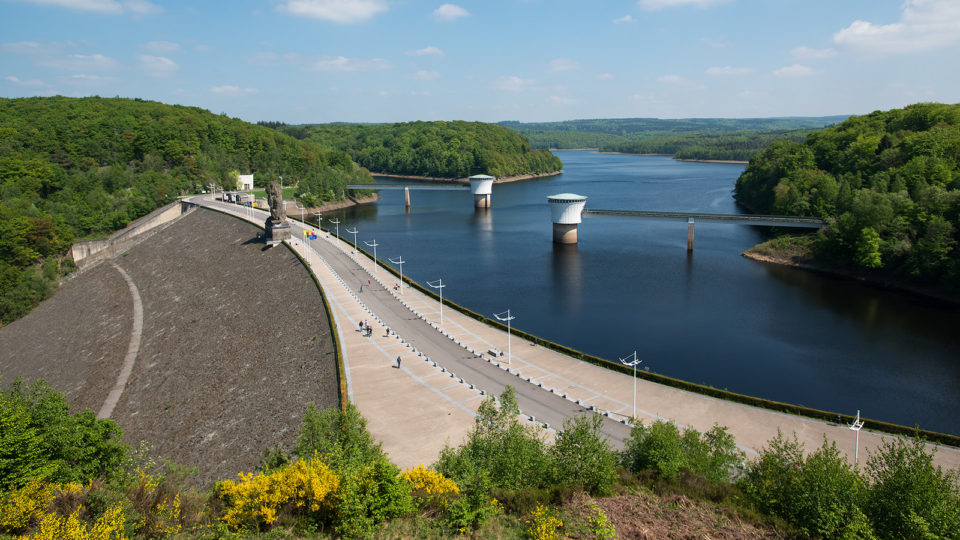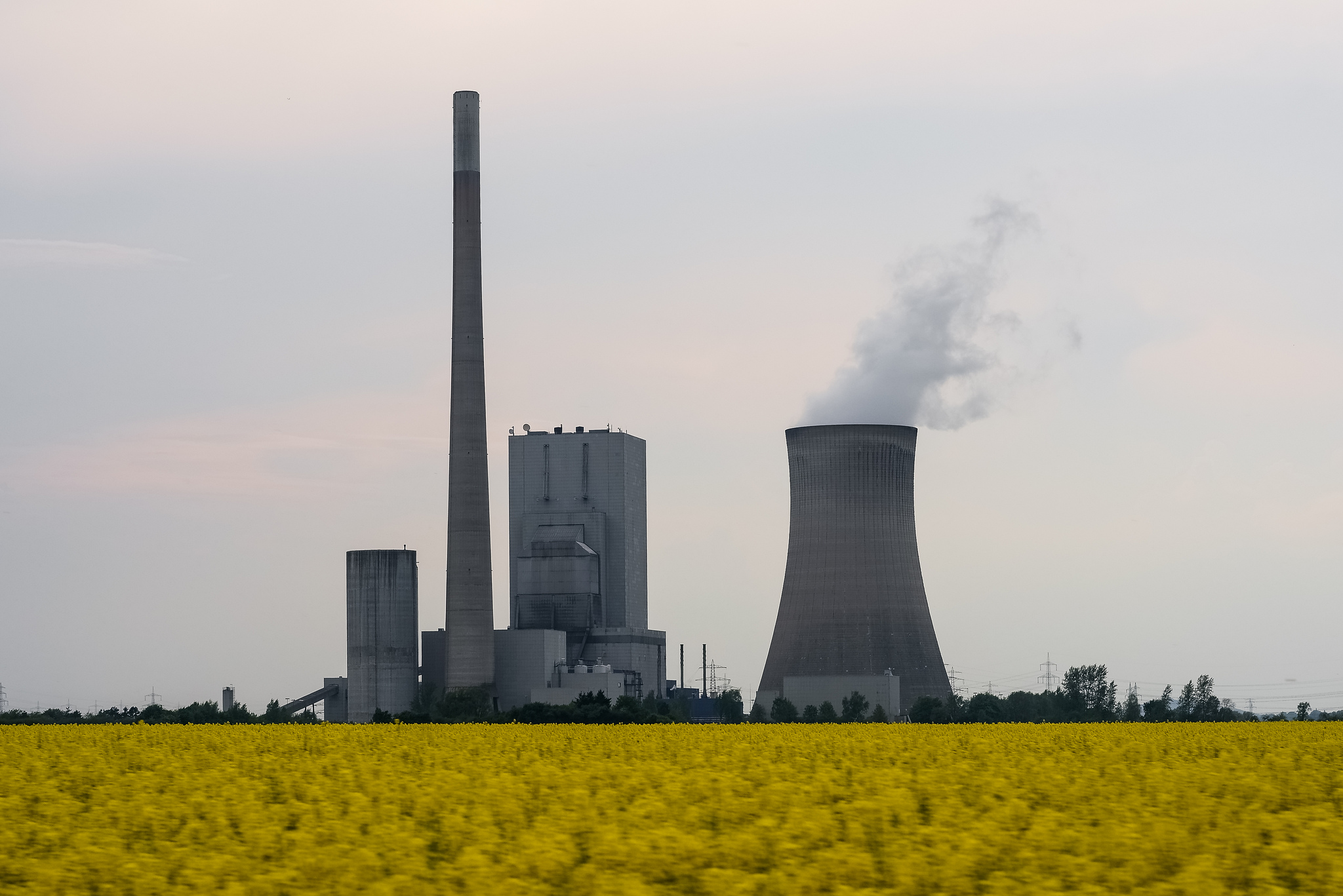Not long ago, electric cars were a rarity. Ten years ago, annual global sales of EVs were only a few hundred thousand. As of today, globally, still less than one percent of all the cars on the road are electric. But that is changing rapidly.
In fact, electric vehicles are expected to capture nearly 20% of the global market this year. Global sales of EVs were 3 million in 2020 and 6.6 million in 2021. Last year, sales of electric vehicles hit 10 million and are expected to reach 14 million this year according to the International Energy Agency.
Analysts at the IEA have had to repeatedly revise their projections for future EV sales as the numbers keep going up faster than predicted. Last year, they projected that EVs would account for 21% of global sales by 2030. Now, they expect that EVs will reach 35% of sales by that year.
In the US, the EU, and China, policy efforts are in place to boost EV sales. In the US, the Inflation Reduction Act both supports the EV industry and subsidizes consumer purchases with tax credits. As a result of such policies, the IEA expects electric vehicles to account for 60% of sales across these three large markets by 2030.
Part of what is driving the boom in EV sales is that prices continue to come down for the vehicles. When operating and maintenance costs are figured in, the EVs come out considerably cheaper to own. In addition, there are starting to be price wars in the EV industry as competition heats up in the sector.
**********
Web Links
EVs to Capture One-Fifth of Global Market This Year Amid ‘Explosive Growth’
Photo, posted May 7, 2022, courtesy of Sharon Hahn Darlin via Flickr.
Earth Wise is a production of WAMC Northeast Public Radio


